The Basic Steps of a Hair Transplant Procedure Planning
The planning of the hairline is one of the most crucial steps in hair transplantation. The hairline is the most visible landmark of a person’s face, and the quality of the hairline is usually regarded as an indication of a surgeon’s experience and proficiency. When designing a hairline, the shape of the patient’s face is analyzed, and the planning of the hairline is made accordingly. Also, the patient’s desires and wishes should also be considered as determinants of a hairline design period.
Preparation of the donor area
Just before the surgery is started, the hair in the donor area is trimmed so that the grafts can be easily accessed, and it is given local anaesthesia.
Harvesting
In strip harvesting, known as FUT, healthy hair follicles on stripped tissues are transplanted into the balding areas, and in follicular unit extraction, known as FUE, follicular units are harvested from the donor site and directly implanted into the recipient area using a punch of 1 mm. When grafts are removed, simultaneously injecting small amounts of saline solution into the scalp will be helpful to maintain proper skin strength, and the harvested donor strips are immediately immersed in chilled normal saline. Incisions resulted from strip-harvesting are close with sutures or staples, and the healing process proceeds without complications. The stitches are usually concealed by the surrounding hair.
Preparing the recipient site – incisions
As soon as the follicular grafts are ready to use, razor blades or needles of 1 mm in width and 5–6 mm in length are prepared, in order to be used while making incisions in the recipient area. While making slits in the recipient site, it is very important to align with the direction of the existing hair in that region so that the hairline can have a natural look.
Graft insertion
Next, the hair grafts are delicately and strategically implanted in each cut one by one, depending on the number of hairs within each follicle. The grafts are placed into the recipient slits with the help of fine-angled forceps, or a Choi pen in the case of a DHI procedure. While inserting the hair follicles, steady pressure is applied to ensure that the grafts are attuned to the surrounding skin. Burying the grafts beneath the level of the skin must also be avoided because it can result in a spotty look and also lead to the occurrence of epidermal cysts. Grafting sessions can last up to five to six hours, and 2000 to 3000 follicular unit grafts can be transplanted.
After the implantation session is complete, the scalp will be cleaned and covered with gauze. While some doctors require wearing pressure bandages for a day or two, others allow their patients to recover without bandages.
